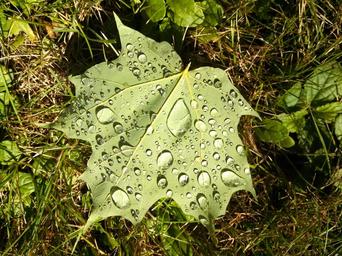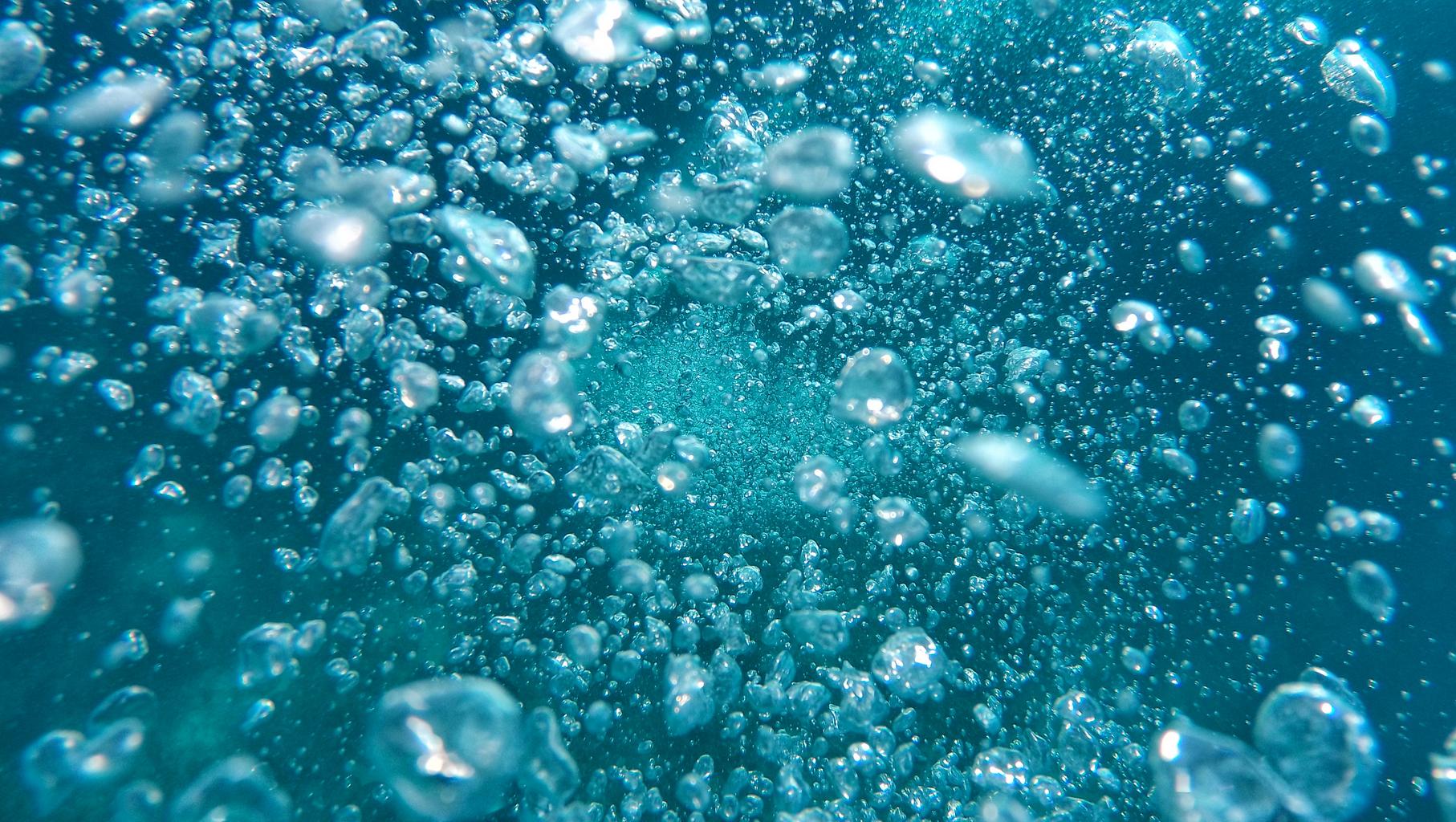Air purifiers have become essential devices in our homes, especially with increasing concerns about air quality. However, what happens when your air purifier's light turns red? This article will provide you with a comprehensive guide to troubleshooting common air purifier issues, specifically focusing on that perplexing red light.
Understanding Air Purifier Functionality
Air purifiers work by filtering out impurities from the air, including dust, allergens, and even pollutants such as smoke or mold spores. Most models use a combination of filters—HEPA filters, carbon filters, and pre-filters—to achieve this goal. Understanding how these devices work can help you troubleshoot any issues that arise.
How Do Air Purifiers Clean the Air?
Air purifiers generally operate through three main processes:
Filtration: This is the primary method where particulates are trapped in various filters. UV-C Light: Some advanced models use ultraviolet light to kill bacteria and viruses. Ionization: This process releases negative ions into the air to attract positively charged particles like dust.Knowing how your specific model works can help you pinpoint why that red light is shining ominously.
Common Types of Air Filters
Before diving into troubleshooting, it's important to understand the different types of filters used in air purifiers:
- HEPA Filters: Captures at least 99.97% of particles that are 0.3 microns or larger. Activated Carbon Filters: Absorbs odors and volatile organic compounds (VOCs). Pre-Filters: Traps larger particles before they reach finer filters.
What Does the Red Light on My Air Purifier Mean?
When your air purifier's light turns red, it typically indicates a problem that needs immediate attention. Here’s what it could signify:
Filter Replacement Needed
Most air purifiers come equipped with filter change indicators that activate when it's time to replace or clean your filters.
How Often Should You Change Your Filter?
- HEPA Filters: Every 6-12 months Activated Carbon Filters: Every 3-6 months Pre-Filters: Monthly or as needed
Ignoring this warning may reduce your air purifier's efficiency significantly.
Air Quality Issues
A red light can also indicate poor air quality in your home. Most modern units are equipped with sensors that detect levels of particulate matter and other pollutants.
What Should You Do?
If the red light persists after changing the filter, consider using an air quality monitor mold to check for high pollutant levels in your environment.
Unit Malfunction
Sometimes a red light may indicate a malfunction within the unit itself. This could be due to electrical issues or internal component failures.
What Are Signs of Unit Malfunction?
Unusual noises Overheating Inconsistent airflowIf you notice any of these symptoms alongside the red light, it may be time to consult a professional technician.
Troubleshooting Steps for Red Light Issues
Now that we've identified potential causes for the red light, let's go through some troubleshooting steps you can take:
Step 1: Check Filter Status
Always start by checking if your filter needs replacement or cleaning:
Open the unit according to the manufacturer's instructions. Remove and inspect each filter. Replace or clean as necessary.Step 2: Reset Your Air Purifier
Sometimes simply resetting your device resolves minor glitches:
- Turn off and unplug your air purifier. Wait for at least five minutes before plugging it back in.
This process may clear temporary errors causing the warning light to be activated.

Step 3: Evaluate Room Conditions
Consider environmental factors such as humidity levels and airflow:
- If using a dehumidifier, make sure it's suitable for your space size; for large areas up to 4500 sq ft, an energy star dehumidifier is recommended.
Also assess if there are sources of pollution nearby—like smoking indoors—which could trigger persistent alerts.
Common Questions About Air Purifiers and Their Lights
Now let’s tackle some frequently asked questions regarding air purifiers:
Q1: Why is my mini air purifier showing a red light?
A mini air purifier might show a red light due to needing a filter change or detecting poor indoor air quality.
Q2: How do I reset my air filter change light?
Refer to your user manual; most models require holding down a button for several seconds while powered on.
Q3: Can I run my humidifier while using an air purifier?
Yes! Running both simultaneously can improve overall indoor climate; however, be mindful of humidity levels as excessively high humidity can lead to mold growth.
Additional Insights on Maintaining Your Air Purifier
Maintaining optimal functioning requires regular attention beyond just changing filters:
Regular Cleaning
Ensure you keep external surfaces free from dust accumulation by wiping them down regularly.
Placement Matters
Positioning your air purifier correctly enhances its effectiveness—avoid placing https://zenwriting.net/farelayspc/the-rise-of-portable-cooling-devices-a-game-changer-for-hot-summer-days it near walls or furniture which might obstruct airflow!
Related Devices That Improve Indoor Air Quality
Consider supplementing your efforts with additional devices:
Dehumidifiers
These units help manage humidity levels effectively—important if you're learning how to control humidity in grow tent environments too!
Air Quality Monitors
Investing in an accurate device allows real-time monitoring so you can adjust settings accordingly when pollutants rise unexpectedly!
Conclusion
In summary, encountering a red light on your air purifier doesn't have to spell doom for your indoor ecosystem! By understanding what those lights mean and employing effective troubleshooting strategies like timely filter changes and evaluating room conditions—you'll maintain not only peace of mind but also cleaner indoor air!
So next time you see that alarming hue glowing from your appliance, remember this guide; you’re now well-equipped with knowledge!
FAQs
Q1: What should I do if my air conditioner has condensation problems?

Condensation usually signifies high humidity levels; consider utilizing an attic dehumidifier installation project for better moisture control!

Q2: Are bladeless fans more energy-efficient than traditional fans?
Generally yes! They consume less electricity while providing comparable cooling effects without blades creating turbulence in airflow patterns!
Feel free to reach out with more questions about maintaining healthy indoor environments!